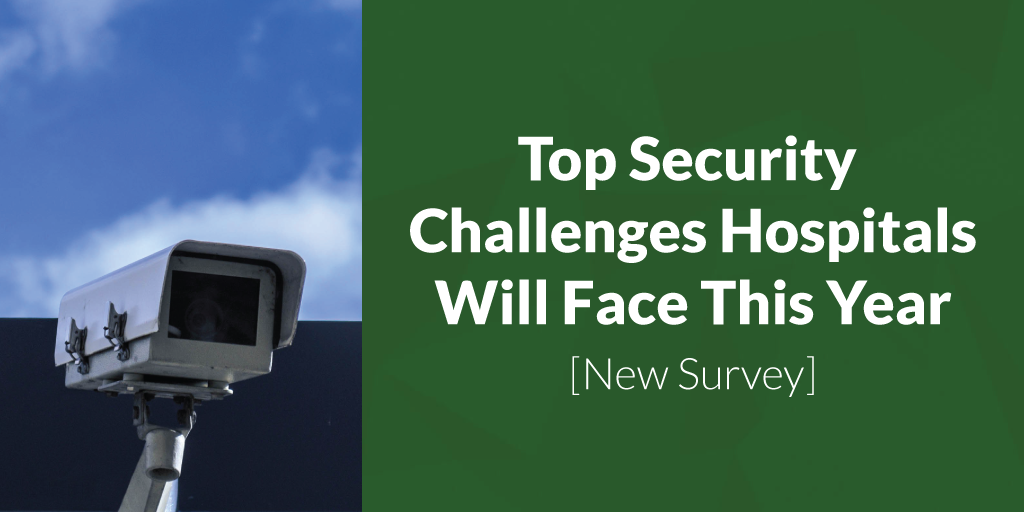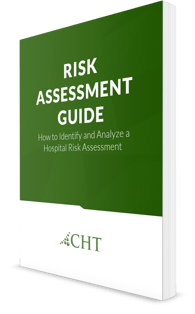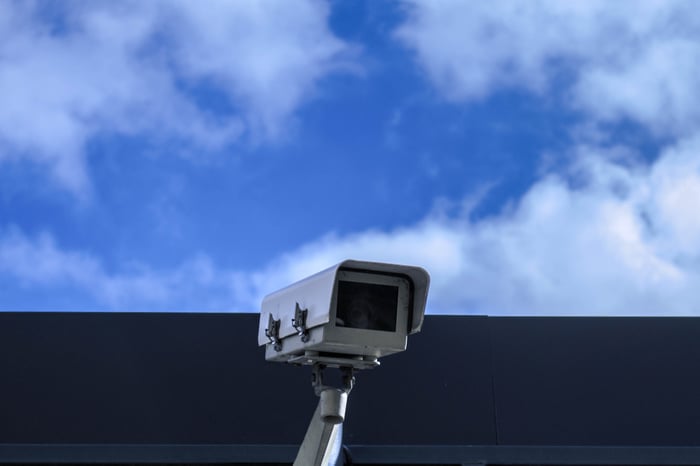
Navigating evolving security and safety concerns resulting from a rapidly evolving healthcare field is a priority for cultivating a safe and productive workplace. According to the U.S. Bureau of Labor Statistics, healthcare workers are five times more likely to experience workplace violence than employees in other industries. In addition, a survey of nurses from all 50 states found that workplace violence is on the rise, with a 119% increase from 2021 in nurses reporting increased workplace violence.
This article discusses how to protect healthcare facilities by recognizing where the problems and potential issues exist. Implementing new security solutions can increase a facility's efficiency, improve performance and, most importantly, reduce violent behavior.
Let's take a look at some of the top security challenges plaguing healthcare facilities.

Security Challenges Facing Hospitals Today
According to a ASHE Hospital Security Survey, Hospitals have seen a noticeable increase in
- Violence against staff
- Incidents of trespassing
- Patient elopements/patient wandering
- Issues controlling hospital access
- Auto thefts/car break-ins
More and more hospitals are jumping on board to manage these incidents with tighter security.
Mitigating Hospital Security Challenges in 2023
1. Conduct Risk Assessments
According to Kevin Tuohey, 2018 board president of IAHSS and executive director of research compliance at Boston University and Boston Medical Center, a hospital should conduct frequent risk assessments. Properly performed risk assessments provide hospitals with the information needed to craft effective policies. Tuohey states:
"IAHSS recommends that risk assessments be done on a regular basis consistent with the review of policies at their facility. Furthermore, IAHSS recommends that a root-cause analysis be done following significant events and a risk assessment following changes to the physical or operational environment.” [source]
2. Implement a Workplace-Violence Policy
As a healthcare facility manager; it is essential to maintain a workplace free from threats or acts of violence.
A written protocol for workplace violence prevention can offer a practical approach to help reduce the risk of violence. In addition, OSHA's guidelines for preventing workplace violence for healthcare workers can help employers address these issues.
OSHA suggests 5 steps for developing an effective program:
1. Management Commitment and Employee Participation"Effective management leadership begins by recognizing that workplace violence is a safety and health hazard."
2. Worksite Analysis
"Cooperation between workers and employers in identifying and assessing hazards is the foundation of a successful violence prevention program."
3. Hazard Prevention and Control
"Identify the root causes of the incident. Don’t stop an investigation at 'worker error' or 'unpredictable event.' Ask 'why' the patient or client acted, 'why' the worker responded in a certain way, etc."
4. Safety and Health Training"Supervisors and managers must be trained to recognize high-risk situations, so they can ensure that workers are not placed in assignments that compromise their safety."
5. Record Keeping and Program Evaluation
“[Accurate records] identify any developing trends or patterns in particular locations, jobs or departments [and] evaluate methods of hazard control.”
3. Have Visible Security Personnel
According to Allied Universal, a security officer's presence can create a safe atmosphere for your staff, patients, and visitors. Reviewing a facility's expectations regarding the importance of visibility with security personnel can deter potential security threats.
4. Assess Video-Surveillance Systems

Photo by Nathaniel Dahan on Unsplash
Unlike most other businesses, hospitals never close, and people come in and out at all hours. Video surveillance provides facility personnel with views of high traffic and remote areas.
Video surveillance improves overall situational awareness.
5. Evaluate Electronic Lockdown Capabilities
Lockdown capabilities are a critical asset for the safety and security of healthcare facilities. Access control systems that offer lockdown capabilities demonstrate their usefulness in the hospital environment.
AMAG Technology provides access control, video management, and identity management solutions. AMAG works to “[understand] a hospital’s unique security challenges, as well as its operational challenges [and] will help determine what technologies are needed to mitigate risk, meet compliance and control access in this complicated environment.”
6. Install a Panic Button
Installation of a panic button is a great way to mitigate any potential danger. High-risk areas such as emergency room entrances, hospital pharmacies, and reception desks could benefit from a panic button.
If a situation escalates, a hospital staff member should be able to easily and quickly hit the button. A panic button can quickly notify on-duty police in the surrounding area.
7. Keep Track of Visitors
A visitor management system requires every visitor to sign in, provide identification and wear a badge.
This level of control can deter unauthorized visitors because they must deal with a security person face-to-face.
A visitor management system has additional benefits outside of providing security. Tracking the flow of visitors allows healthcare facilities to effectively track and anticipate the number of visitors they will receive. Healthcare facilities can use this information to schedule the appropriate staff based on need.
8. Maintain Balance
Gail Blanchard-Saiger, former vice-president of labor and employment with the California Hospital Association, suggests maintaining balance. She states, "It's a challenge. One size does not fit all. It's a balancing act" The balancing act she refers to is between keeping patients and staff safe and maintaining an environment conducive to healing and where employees feel comfortable.
9. Take a Proactive Approach
Train hospital staff beforehand on how to handle a violent situation if it occurs. Being proactive can stop escalating situations and help prevent further injuries.
10. Reach Out to Law Enforcement
Reaching out to local law enforcement can provide various benefits. In an assessment of hospital security, Lena J. Weiner states:
"A positive relationship with law enforcement will encourage a stronger police presence near the hospital, faster response times, increased sharing of information, and increased trust between the two organizations."
Summary
Healthcare facilities are a demanding and complex business to operate and secure.
Security issues must be resolved and supported as part of a team effort within the hospital organization. The American Society for Health Care Engineering’s (ASHE) survey, in collaboration with the International Association for Healthcare Security & Safety (IAHSS), shows that hospitals are spending more on security, and healthcare facilities would benefit by investing in mitigating risks.
At CHT, we continue to provide innovative technology solutions that help facilities strive for a simple way to manage healthcare workers' and patients' safety, security, and healthcare compliance.




